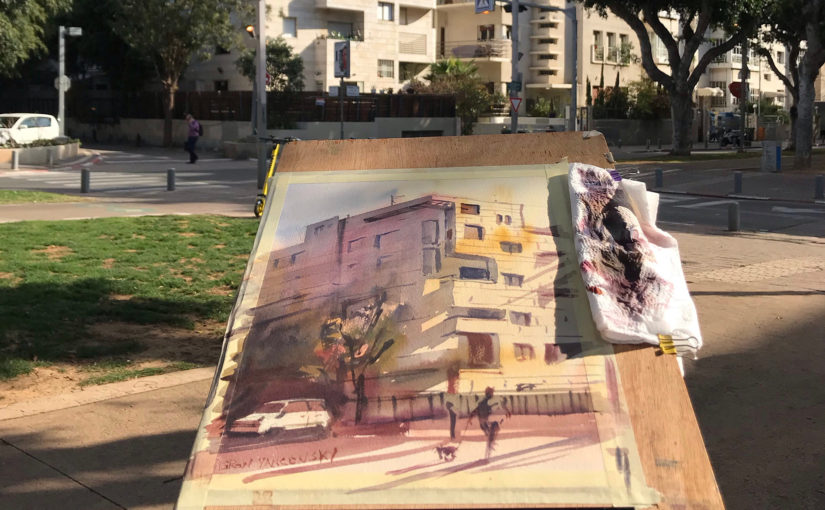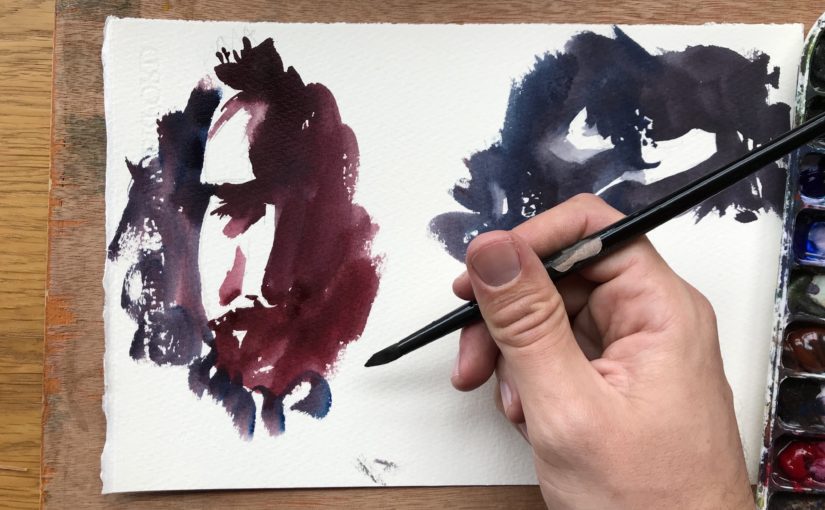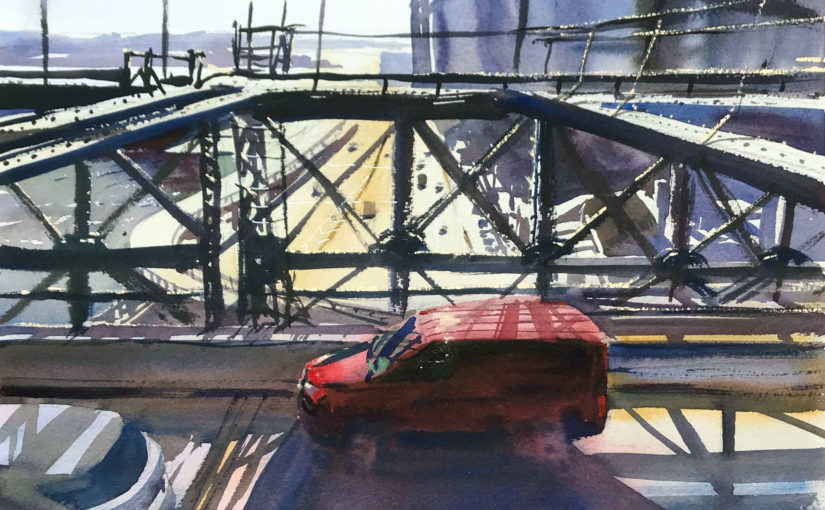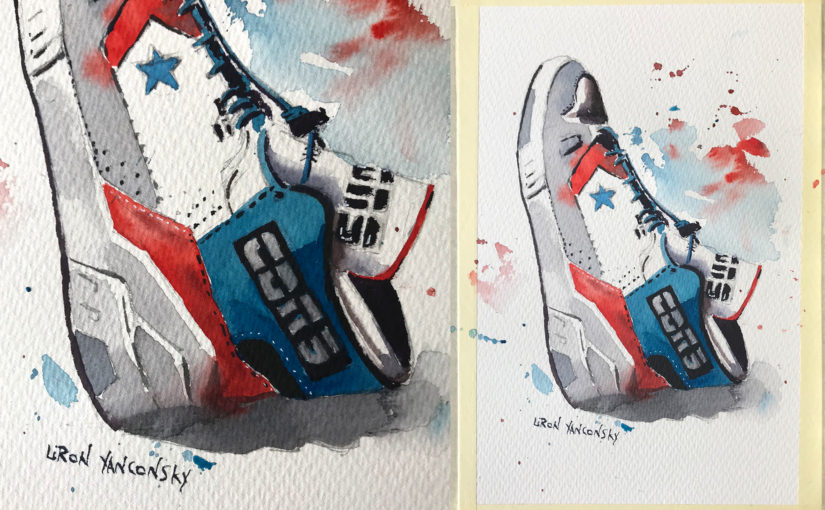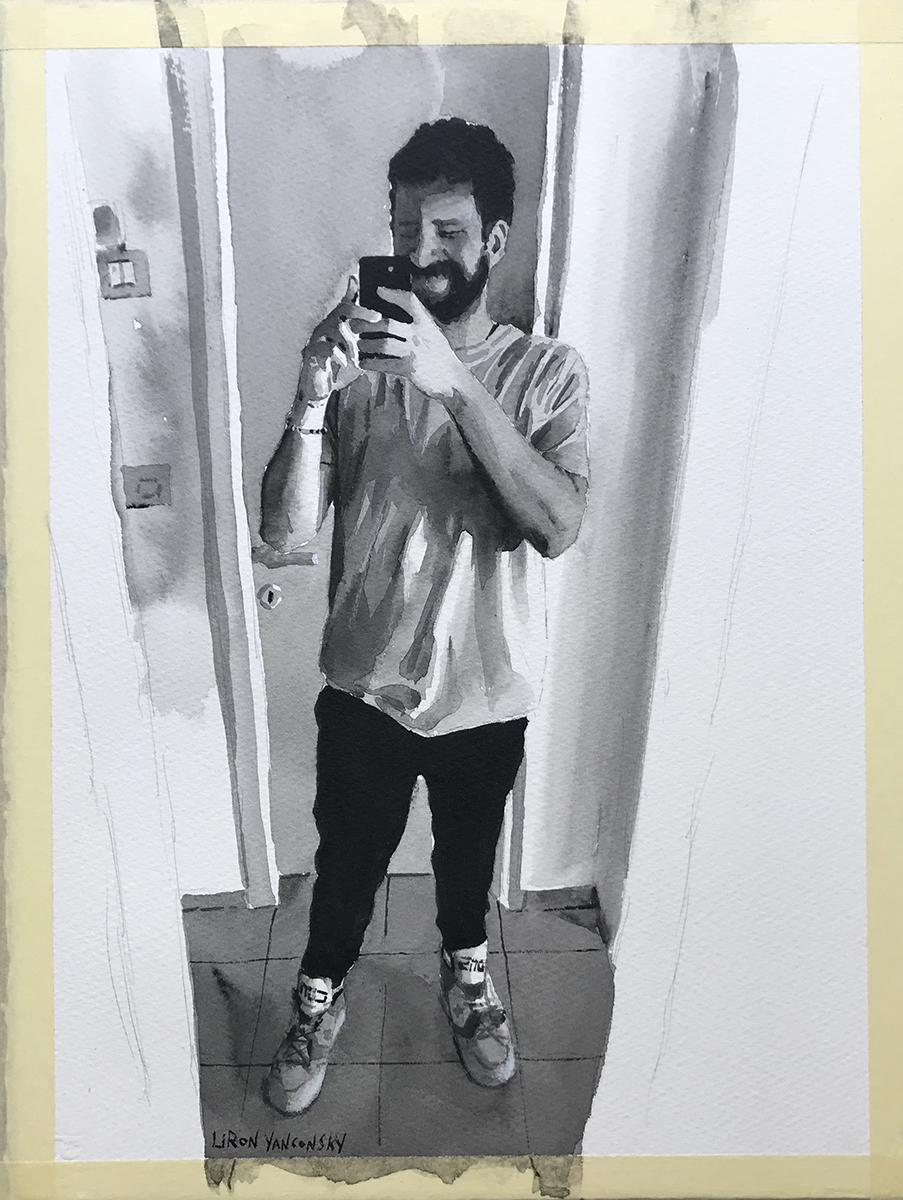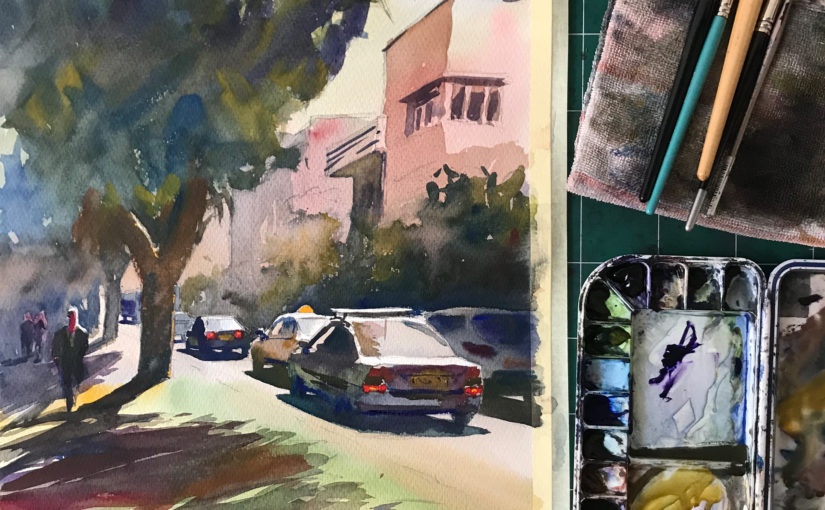Podcast: Play in new window | Download
In this episode I wanted to share with you a way, an approach, for improving MUCH FASTER in your art.
Conscious Effort & Focus
The idea here is to go BEYOND the norm, when it comes to practicing your art and craft.
Some examples I provide:
- Instead of directly drawing figures from reference – try reconstructing them from simple 3d shapes.
- Try drawing the head from multiple angles using reference, and then drop the reference and try to rotate and draw the head from your imagination.
- Rather than paint a scene once, how about painting it multiple times, with a different goal in mind each time? Once – focus on values, then – temperature. The try to add or remove elements from it, make stuff up.
The idea here is to take our practice sessions to the border of our comfort zone. Not too hard that you get frustrated fast. Not too easy.
Right on the border.
These ways of practicing really require CONSCIOUS EFFORT, and you will feel tired afterwards (that’s how you know you do it right!).
Repetition
I want to give you another good example for conscious effort and pushing through the comfort zone.
I recently sketched the exact same figure 4-5 times until I got it right.
In the past, I would have moved on to a different one after the first attempt. This is better than giving up completely. But how about trying again and again until you get it right? This will REALLY help you push through and learn something important, I find.
Time is Limited
Many people don’t have a lot of time to practice. You may have a day job, a family, responsibilities.
This way of practicing will make you far more effective.
So if you only have 15 minutes a day – why not make them work like 30 minutes?
I hope this makes sense, and I hope you’ll give it a try.
Sometimes it’s hard to figure out exactly what to do to practice this way. If you’re drawing and painting, I gave you some solid examples. But if not – do your proper research and figure it out.
You will not regret it.
Good luck!
— Liron
Here’s where to find me online
TikTok – @Liron.Yan
YouTube – Liron Yanconsky Art
LinkedIn – Liron Yanconsky
Pinterest – Liron Yanconsky
Instagram – @LironYanIL
Twitter – @LironYan
— Liron

